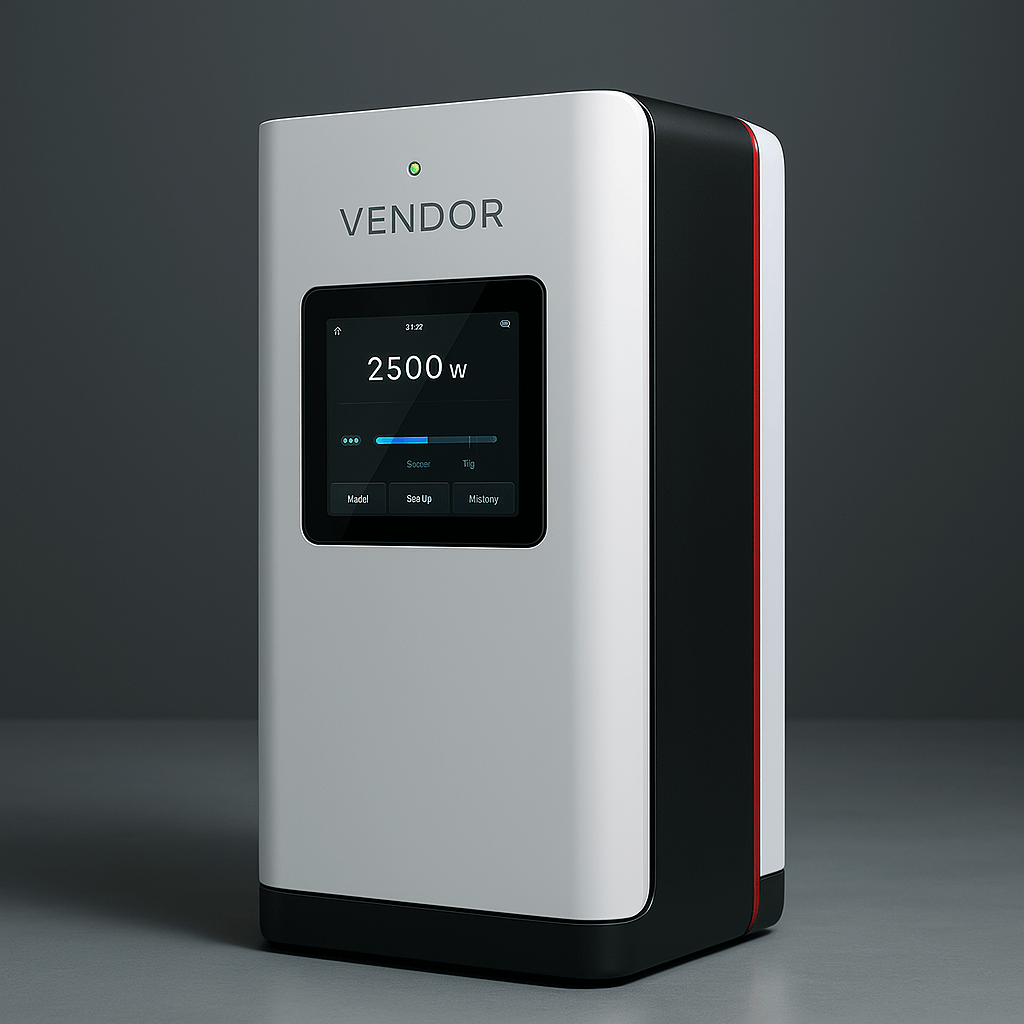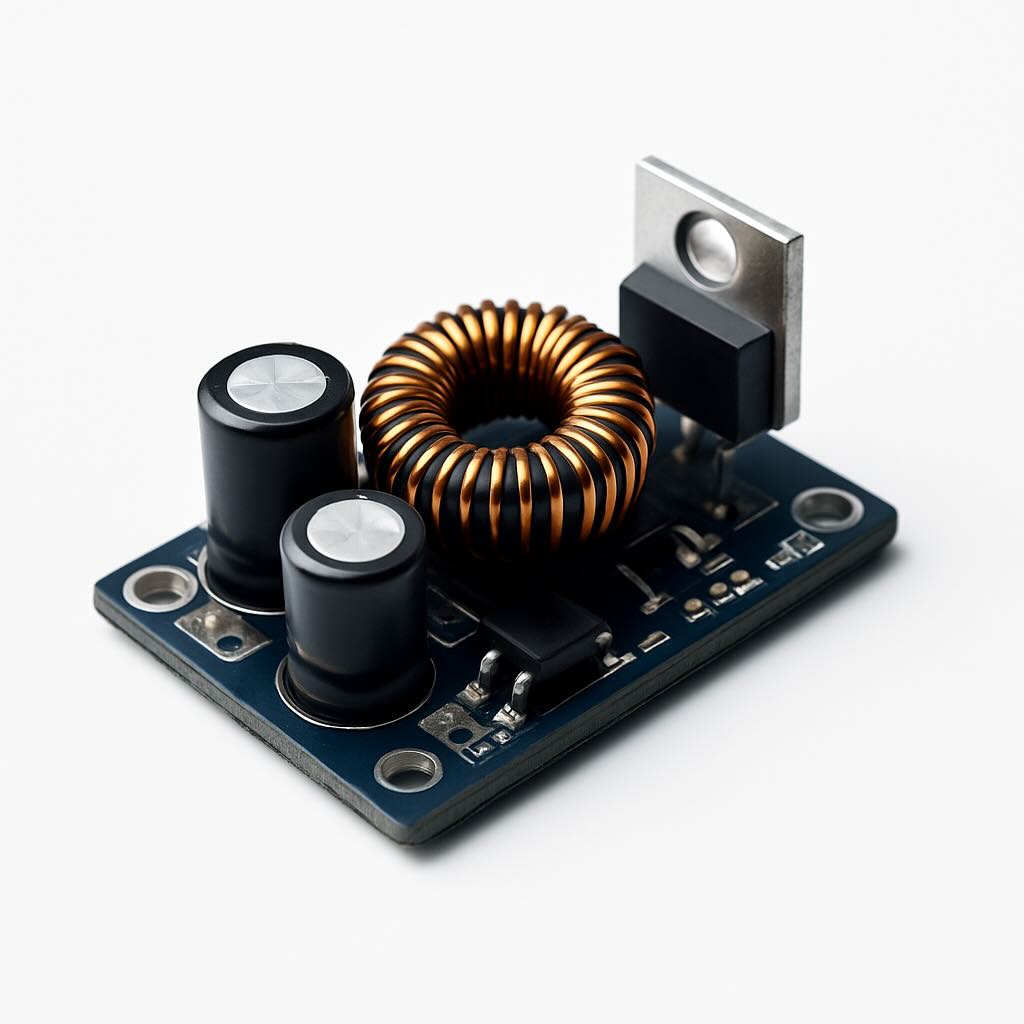Traditional Dependencies
Energy infrastructure built on imported fuel, centralized grids, and global supply chains.
- Fuel imports (oil, gas, coal)
- Grid dependency
- Battery supply chains
- Diesel generators for backup
- Renewable equipment from limited sources



